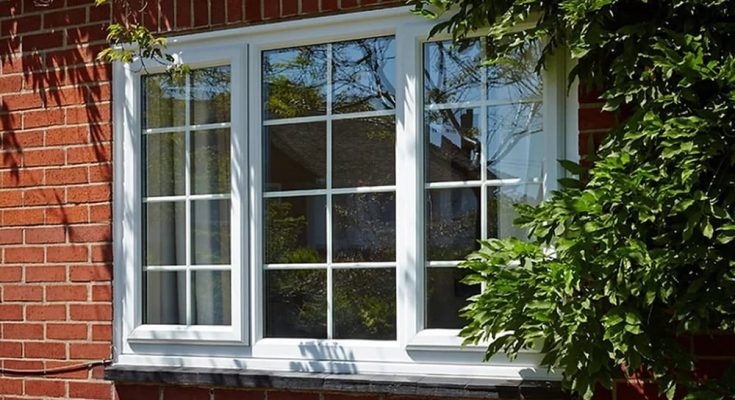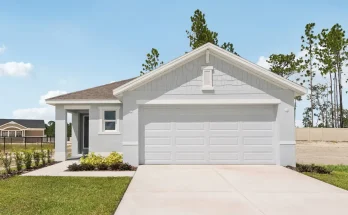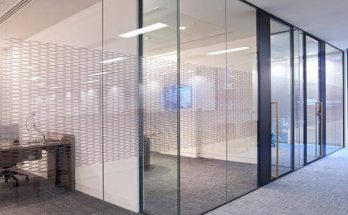As legislative frameworks change and conservation authorities grow more cognisant of their potential, heritage aluminium windows should become more and more popular. Aluminium is set to be a key component in improving thermal envelopes as buildings stock ages as energy efficiency requirements rise. In heritage architecture, aluminium is emerging as a potent ally that helps preserve the past and preparing for the future, despite obstacles including aesthetic concerns and legal barriers. Planning applications for preserves or listed structures are facilitated by this fidelity.
Heritage aluminium windows were adaptable and work well with a range of architectural designs, including Victorian terraces and industrial structures from the early 20th century. With its customisable frame colour, gloss level, opening processes, or glazing bars, architects can fit each project’s unique heritage character. They may be included into both contemporary and conventional insulation systems to avoid air leakage and thermal bridging. The advantages of thermally broken frames and high-specification glass are guaranteed by proper installation and sophisticated sealing methods.
Longevity, minimal maintenance needs, and energy savings make the long-term economic proposition more appealing even though the initial cost may be more than that of uPVC or timber alternatives. By improving the energy efficiency, comfort, and liveability of historic structures, these windows also support social sustainability by promoting a feeling of place and communal identity. With careful execution, sustainable renovation turns into a narrative that respects the past while getting ready for the future.
As a sustainable approach to decarbonisation and cultural preservation, the building industry is moving towards sympathetic renovation and adaptive reuse. A product that epitomises this dedication, heritage aluminium windows have proven effective in urban renewal initiatives, converting old warehouse districts to mixed-use communities, industrial locations into centres of innovation, and historic homes into contemporary residences. These windows show that excellent performance and historical accuracy are not mutually incompatible by acting as both functional components and historical linkages. Heritage aluminium windows improve user comfort, durability, acoustic insulating material, and energy efficiency. They also reaffirm that reinventing our built environment with care, respect, and creativity is the key to its future.




